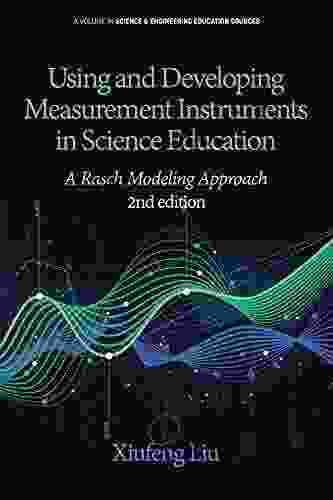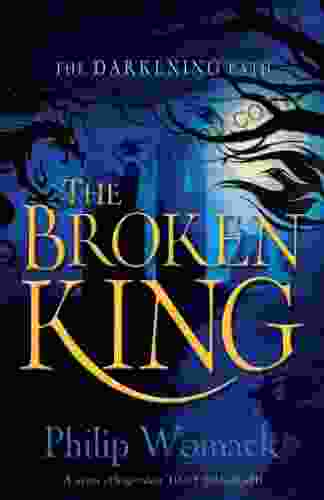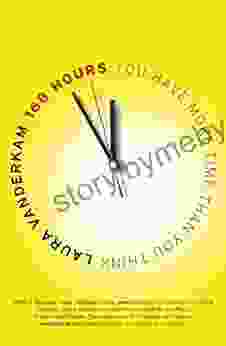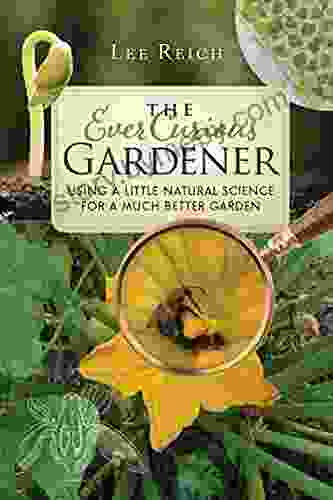Unlocking Scientific Learning: The Art and Science of Measurement in Science Education

Measurement lies at the heart of scientific inquiry, providing the foundation for understanding and explaining the natural world. In science education, measurement plays an indispensable role in fostering students' scientific literacy and critical thinking skills. This comprehensive guidebook, "Using and Developing Measurement Instruments in Science Education," offers a comprehensive exploration of the principles, methods, and applications of measurement instruments, empowering educators and researchers to cultivate scientific rigor and inquiry-based learning in their classrooms and research endeavors.
4 out of 5
| Language | : | English |
| File size | : | 10625 KB |
| Text-to-Speech | : | Enabled |
| Screen Reader | : | Supported |
| Enhanced typesetting | : | Enabled |
| Word Wise | : | Enabled |
| Print length | : | 396 pages |
Chapter 1: The Importance of Measurement in Science Education
This chapter delves into the significance of measurement in science education, highlighting its role in developing students' understanding of scientific concepts, promoting inquiry-based learning, and fostering scientific literacy. It emphasizes the need for students to develop proficiency in using and interpreting measurement instruments, and discusses the challenges and opportunities associated with integrating measurement into science teaching.
Chapter 2: Principles of Measurement
Chapter 2 provides a theoretical foundation for understanding measurement, exploring the concepts of validity, reliability, accuracy, and precision. It discusses different types of measurement scales and their applications in science education. This chapter also introduces the principles of instrument development, guiding educators and researchers in the process of designing and validating their own measurement instruments.
Chapter 3: Methods of Measurement
This chapter offers a practical overview of various methods of measurement used in science education. It covers qualitative and quantitative methods, including direct and indirect measurement techniques. The chapter provides step-by-step instructions on using common measurement instruments, such as rulers, calipers, balances, and probes. It also discusses the use of technology in measurement, including data loggers and computer-based data analysis tools.
Chapter 4: Applications of Measurement in Science Education
Chapter 4 demonstrates how measurement can be integrated into different areas of science education. It provides examples of using measurement in physics, chemistry, biology, and earth science. The chapter explores how measurement can enhance students' understanding of scientific phenomena, develop their problem-solving skills, and foster their ability to design and conduct scientific investigations.
Chapter 5: Developing Measurement Instruments
For researchers and educators interested in developing their own measurement instruments, Chapter 5 provides a comprehensive guide to the instrument development process. It covers the steps involved in planning, designing, piloting, and evaluating measurement instruments. The chapter also discusses strategies for ensuring the validity and reliability of newly developed instruments.
This guidebook concludes by emphasizing the transformative power of measurement in science education. It calls for a renewed focus on measurement as an essential component of scientific literacy and inquiry-based learning. By embracing the principles and practices outlined in this book, educators and researchers can empower their students and participants to develop a deep understanding of the natural world and to become scientifically literate citizens capable of making informed decisions and solving real-world problems.
4 out of 5
| Language | : | English |
| File size | : | 10625 KB |
| Text-to-Speech | : | Enabled |
| Screen Reader | : | Supported |
| Enhanced typesetting | : | Enabled |
| Word Wise | : | Enabled |
| Print length | : | 396 pages |
Do you want to contribute by writing guest posts on this blog?
Please contact us and send us a resume of previous articles that you have written.
 Book
Book Novel
Novel Page
Page Chapter
Chapter Text
Text Story
Story Genre
Genre Reader
Reader Library
Library Paperback
Paperback E-book
E-book Magazine
Magazine Newspaper
Newspaper Paragraph
Paragraph Sentence
Sentence Bookmark
Bookmark Shelf
Shelf Glossary
Glossary Bibliography
Bibliography Foreword
Foreword Preface
Preface Synopsis
Synopsis Annotation
Annotation Footnote
Footnote Manuscript
Manuscript Scroll
Scroll Codex
Codex Tome
Tome Bestseller
Bestseller Classics
Classics Library card
Library card Narrative
Narrative Biography
Biography Autobiography
Autobiography Memoir
Memoir Reference
Reference Encyclopedia
Encyclopedia Linda Bond
Linda Bond Lisa Marasco
Lisa Marasco Leo Lerman
Leo Lerman Michael Geheran
Michael Geheran Priska Poirier
Priska Poirier Lauren Collins
Lauren Collins Laurel A Rockefeller
Laurel A Rockefeller Kyoko Mori
Kyoko Mori Leora O Carroll
Leora O Carroll Larry Gonick
Larry Gonick Lewis Smile
Lewis Smile Honey Phillips
Honey Phillips Laura Wattenberg
Laura Wattenberg Tomi Ungerer
Tomi Ungerer Tom Fowler
Tom Fowler Lauren Gamble
Lauren Gamble Marjorie Lambert
Marjorie Lambert Mike Lanza
Mike Lanza Richard Heath
Richard Heath Tiffany Ehnes
Tiffany Ehnes
Light bulbAdvertise smarter! Our strategic ad space ensures maximum exposure. Reserve your spot today!
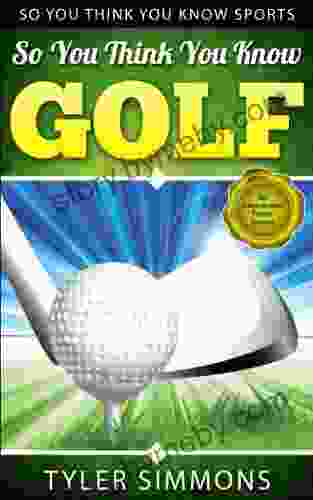
 Eddie PowellSo You Think You Know Golf: A Masterclass in the Game's Rich History, Rules,...
Eddie PowellSo You Think You Know Golf: A Masterclass in the Game's Rich History, Rules,...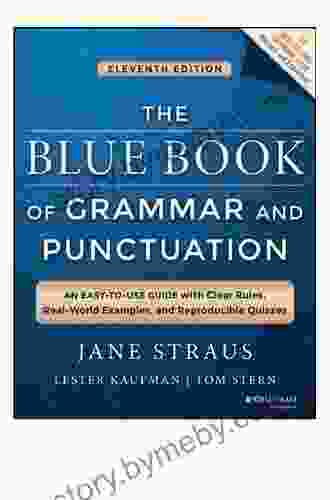
 Henry JamesUnlocking the Secrets of English Grammar: A Comprehensive Guide for Effective...
Henry JamesUnlocking the Secrets of English Grammar: A Comprehensive Guide for Effective... Edwin CoxFollow ·4.7k
Edwin CoxFollow ·4.7k Johnny TurnerFollow ·6.2k
Johnny TurnerFollow ·6.2k Galen PowellFollow ·13.5k
Galen PowellFollow ·13.5k Trevor BellFollow ·13.3k
Trevor BellFollow ·13.3k Owen SimmonsFollow ·15k
Owen SimmonsFollow ·15k Wade CoxFollow ·5.5k
Wade CoxFollow ·5.5k Griffin MitchellFollow ·14.1k
Griffin MitchellFollow ·14.1k Patrick RothfussFollow ·19.2k
Patrick RothfussFollow ·19.2k
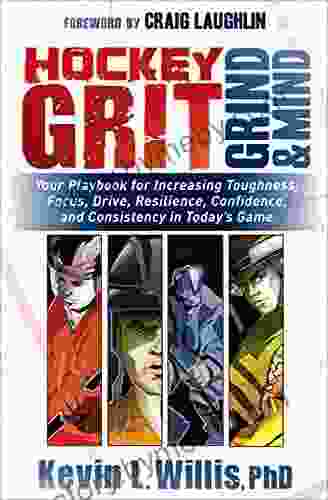
 Forrest Reed
Forrest ReedHockey Grit, Grind, Mind: The Ultimate Guide to Mental...
Hockey is a tough...
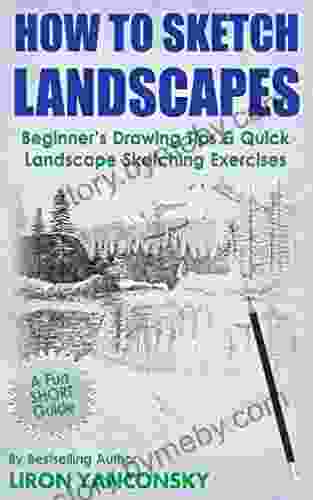
 Juan Rulfo
Juan RulfoUnlock Your Inner Artist: Embark on a Sketching Journey...
Embrace the Beauty of Nature Through Quick...

 Nathaniel Hawthorne
Nathaniel HawthorneSo You Think You're a Philadelphia Phillies Fan?
The Philadelphia Phillies are one of the most...
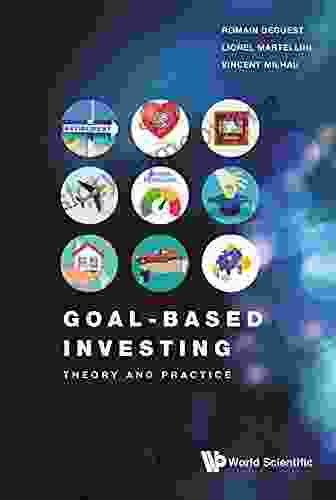
 Jeff Foster
Jeff FosterGoal-Based Investing: A Comprehensive Guide to Achieving...
Investing is not...
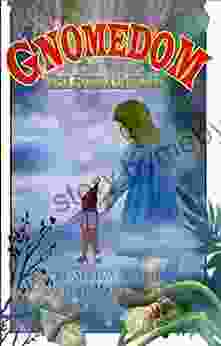
 Aleksandr Pushkin
Aleksandr PushkinGNOMEDOM: The Future Unfolds (Gnomedom Tales 1)
Escape into the enchanting world of Gnomedom...
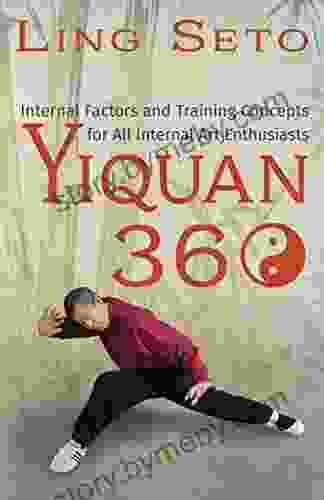
 Branden Simmons
Branden SimmonsInternal Factors And Training Concepts For All Internal...
Internal arts, such as Tai...
4 out of 5
| Language | : | English |
| File size | : | 10625 KB |
| Text-to-Speech | : | Enabled |
| Screen Reader | : | Supported |
| Enhanced typesetting | : | Enabled |
| Word Wise | : | Enabled |
| Print length | : | 396 pages |


